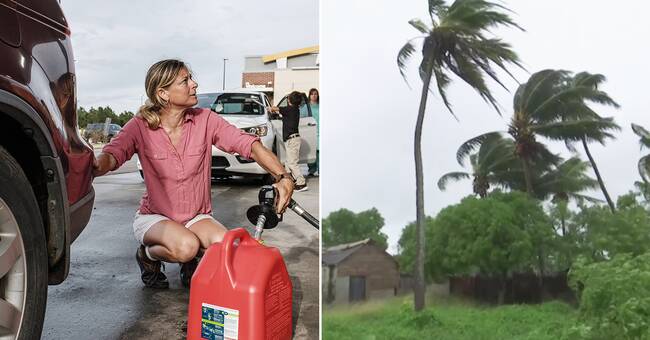The Atlantic hurricane season continues to offer storms.
In a short time, Henri and Grace have hit North America and the Caribbean and now Ida is hitting - the fourth hurricane this year, according to the news agency Reuters.
During its progress so far, it has affected Jamaica and Cuba, among other places, where heavy rainfall has led to extensive floods and landslides.
On Friday night local time, winds were measured around 35 seconds after Ida left western Cuba, CNN reports.
Life-threatening capacity
As the hurricane now passes over the Gulf of Mexico on its course toward the south coast of the United States, it is expected to regain strength.
And once it pulls in over land, it does so with wind speeds of up to 60 seconds, according to forecasts.
The national weather service NWS warns of the hurricane's life-threatening capacity with the risk of severe floods and winds with devastating force.
In Louisiana, authorities have issued mandatory evacuation orders for several areas, including the city of New Orleans.
In a statement on Friday night, State Governor John Bel Edwards described the next 24 hours as crucial and urged residents not to wait to make the necessary preparations.
"Louisiana residents must act now," according to Bel Edwards.
Meanwhile, another hurricane, Nora, has formed in the Pacific Ocean and is expected to hit the central and northern parts of Mexico's west coast early on Sunday local time.
Fades in comparison with Katrina
Ida hits the state on the day 16 years after Hurricane Katrina struck - one of America's worst natural disasters ever, killing more than 1,800 people.
Ida in particular seems to be fading compared to the storm from 2005 but can very well beat the latest category 4 storm (on the five-point Saffir-Simpson scale) that hit Louisiana, namely last year's Laura.
When the hurricane pulled in over southwest Louisiana in October, it did so with a maximum of 68 seconds in the winds.

